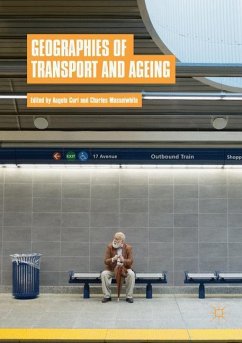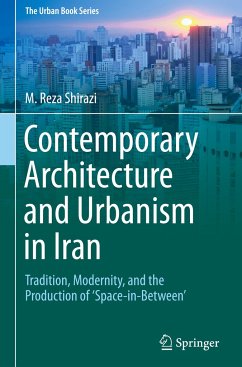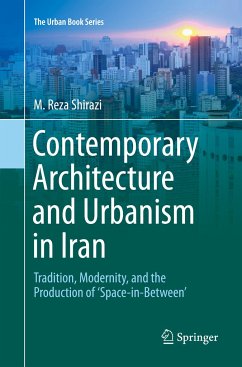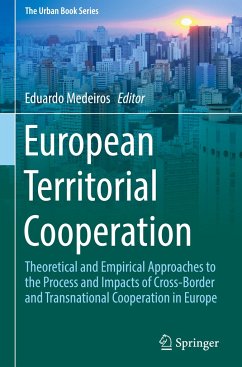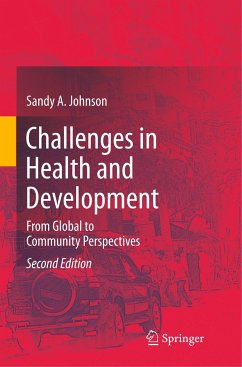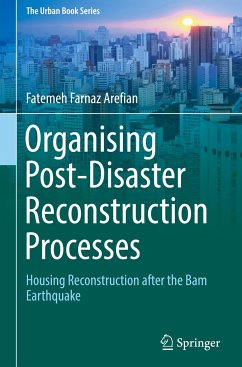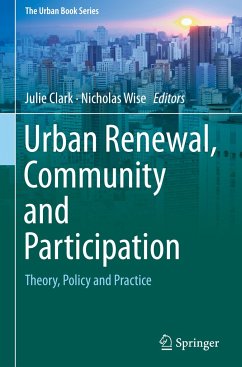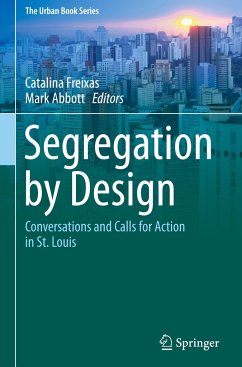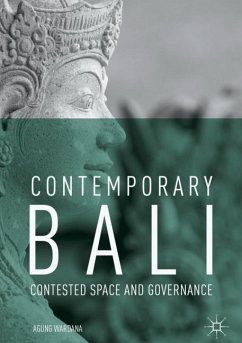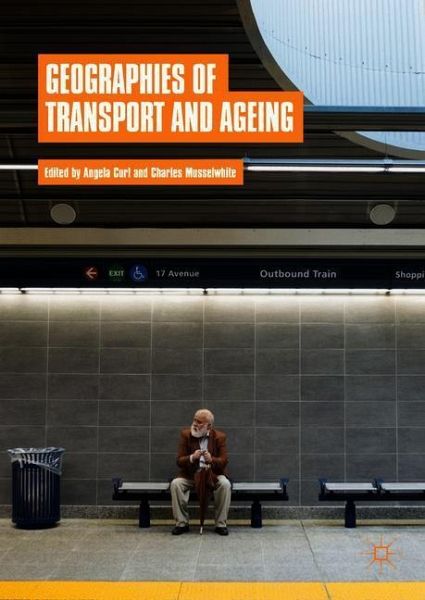
Geographies of Transport and Ageing

PAYBACK Punkte
46 °P sammeln!
This book presents a unique geographical perspective on issues of transport and mobility for ageing populations. Society is ageing across the globe. As well as living longer, older people are fitter, healthier and more active than previous generations were. There is both a desire and a need to be mobile in later life and mobility is clearly linked to older people's health and wellbeing. Yet mobility can be hard for older people and we don't always design our neighbourhoods, towns, cities and villages in an age friendly way.With case studies from across the globe, authors take a geographical le...
This book presents a unique geographical perspective on issues of transport and mobility for ageing populations. Society is ageing across the globe. As well as living longer, older people are fitter, healthier and more active than previous generations were. There is both a desire and a need to be mobile in later life and mobility is clearly linked to older people's health and wellbeing. Yet mobility can be hard for older people and we don't always design our neighbourhoods, towns, cities and villages in an age friendly way.
With case studies from across the globe, authors take a geographical lens to the important topic of transport and mobility in later life. Chapters examine how the relationships between mobility, modes of transport, place and technologies affect an aging population.
This collection will be of interest to scholars and students in human geography, in particular those with interests in transport geography, mobilities, geographies of health and wellbeing, urban geographies and geographical gerontology. It will also appeal to practitioners and policy makers in urban design and planning, transport planning and engineering and public health who have interests in age-friendly cities and policy.
With case studies from across the globe, authors take a geographical lens to the important topic of transport and mobility in later life. Chapters examine how the relationships between mobility, modes of transport, place and technologies affect an aging population.
This collection will be of interest to scholars and students in human geography, in particular those with interests in transport geography, mobilities, geographies of health and wellbeing, urban geographies and geographical gerontology. It will also appeal to practitioners and policy makers in urban design and planning, transport planning and engineering and public health who have interests in age-friendly cities and policy.





